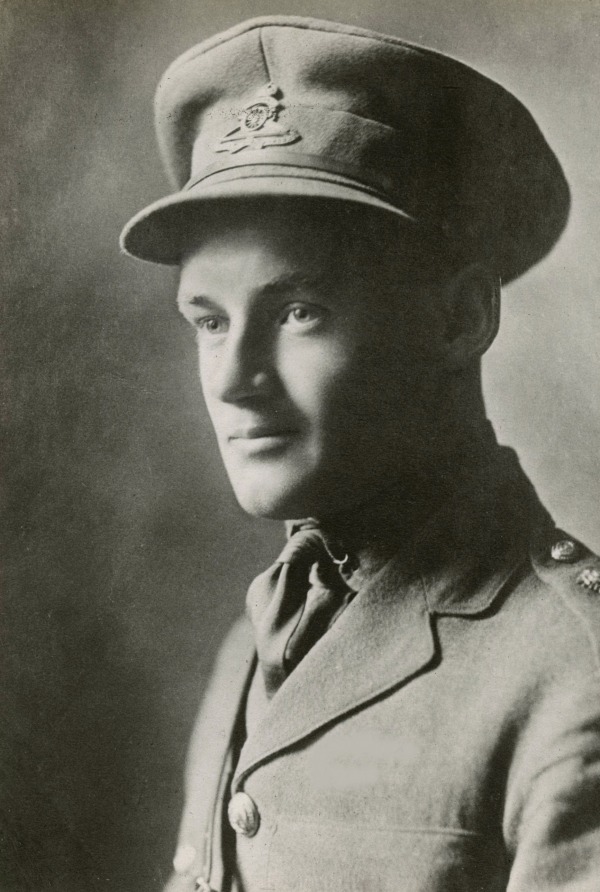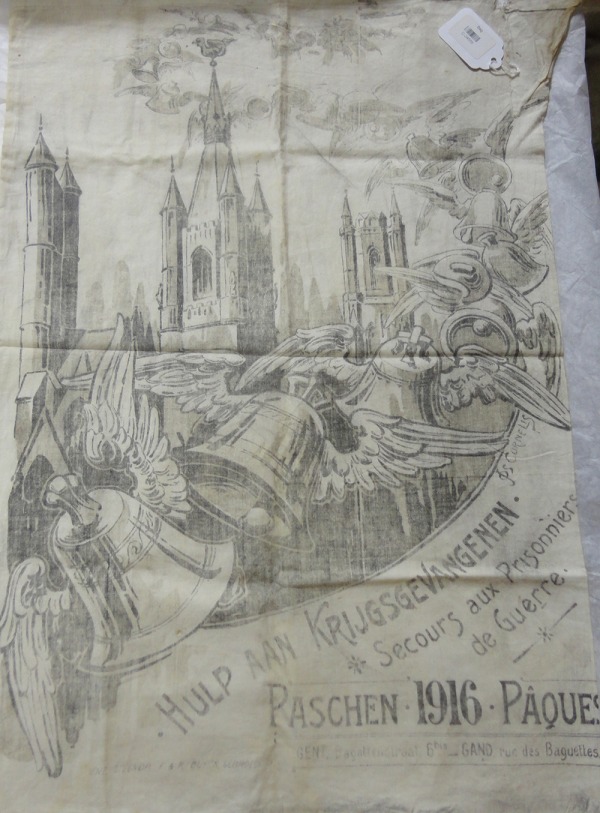Home | Military and Sport | Sport Veterans
Conn Smythe
PreviousNext
Sheer will, disciplined determination and mental toughness drove Conn Smythe to the greatest sporting and military achievements. Smythe didn't care if his athletes or soldiers liked him as a person, but he did care whether they respected him. And from this perspective, Smythe was accountable, capable, extremely hard-working and determined to succeed. He simply believed in the work ethic.
Smythe consistently displayed these virtues throughout his two careers. Initially a gunner in the artillery during the First World War, Smythe was awarded the Military Cross for an act of 'exemplary gallantry' just before transferring to the Royal Flying Corps. He was shot down, captured and spent 14 months in a German prisoner-of-war camp in Poland. When the Second World War broke out, Smythe was in his forty's and was a successful sports leader but through the love of his country felt compelled to return to action. He was given command of an anti-aircraft unit from the 30th Battery Royal Canadian Artillery. This unit he renamed as the Sportsmen's Battery. In 1944 he was badly wounded by a piece of shrapnel and was dependent on walking with a cane for the rest of his life.
The exact same disciplined and focused virtues that Smythe displayed in the military, he displayed in sport as well. In the 1920's he coached the University of Toronto team to two Allan Cups and a World Championship. As a result of that success he was head-hunted to form a professional hockey team for New York City. When that didn't work out he returned to Toronto in 1926 and through sheer will bought the franchise of the Old Toronto St. Pats. The next year Smythe had raised the money to build Maple Leaf Gardens and formed the Toronto Maple Leafs. The club moniker was formed out of the symbol of the Maple Leaf on the badges of Canadian soldiers in the First World War, while the blue and white colours were those of the original St. Pat's hockey team.
Fewer men commanded such respect in either sport or the military, let alone both. In 1950, The Canadian Forum wrote: "It's hard to find any veteran that doesn't admire and respect him very much. He ran his military establishment with all the spit, polish and efficiency that characterizes Maple Leaf Gardens."

Conn Smythe started his athletic career playing hockey for the University of Toronto Varsity Blues in 1912. As the team captain he led the Blues to the Ontario Hockey Association (OHA) championship in 1915. A week later he and some of his teammates enlisted to serve in World War One. The mental toughness and leadership abilities that he displayed playing hockey would also be displayed as a soldier.
Collection: Canada's Sports Hall of Fame

Lt. Conn Smythe trained as an artillery officer and served with the 40th (Sportsmen) Battalion before transferring to the Royal Flying Corps as an aerial observer and flying officer. He was shot down on October 14, 1917 and spent the remainder of the war as a Prisoner of War. His strength of character and resourcefulness saw him through some of the major battles and a year as a POW.
Collection: Hockey Hall of Fame

The Red Cross played a critical role in keeping Canadian prisoners from starving. They sent care packages which contained food among other items. There were 2,018 Canadians that were taken prisoner during World War One, including Conn Smythe.
Collection: The Glenbow Museum accession #C2455

When World War Two broke out, Smythe formed the 30th (Sportsmen) Battalion where he commanded an anti-aircraft unit. He again showed his courage, initiative and leadership that characterized his career as a sportsman and military officer.
Collection: Hockey Hall of Fame
Previous Next


